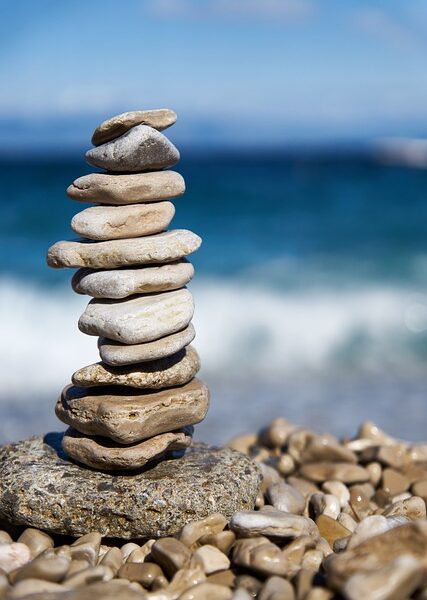This article explores the importance of balancing screen time with real-life activities, providing tips and strategies for maintaining a healthy digital lifestyle.
With the rise of technology and social media, it’s easy to get caught up in a cycle of constant screen time. However, excessive screen time can have negative effects on our physical and mental health, relationships, and productivity. In this article, we’ll discuss the importance of finding a balance between screen time and real-life activities.
Firstly, let’s consider why it’s essential to balance screen time with real-life activities. When we spend too much time in front of screens, we can experience a range of negative effects, including:
- Decreased physical activity and increased risk of obesity, diabetes, and other health problems.
- Mental health issues such as anxiety, depression, and loneliness.
- Social isolation and decreased face-to-face communication skills.
- Decreased productivity and focus due to constant distractions.
- Reduced creativity, imagination, and problem-solving skills.
To balance screen time with real-life activities, consider the following tips:
- Set screen-free zones and times: Designate certain areas or times of the day as screen-free. For example, you might make your bedroom a screen-free zone at night, or establish screen-free hours in the evening.
- Establish screen time limits: Set limits on how much time you spend on screens each day, and stick to them. Consider using apps or tools that track and limit screen time.
- Engage in physical activities: Regular exercise can help reduce screen time and improve overall health. Find physical activities you enjoy, such as walking, jogging, swimming, or dancing.
- Practice mindfulness and self-care: Make time for activities that bring you joy and relaxation, such as meditation, reading, or spending time with loved ones.
- Stay connected with others: Regular face-to-face interactions can help combat social isolation and loneliness. Join clubs, groups, or volunteer to meet new people.
- Limit exposure to screens before bed: The blue light emitted by screens can interfere with sleep patterns. Avoid screens for at least an hour before bedtime, and consider using blue light filtering glasses or apps.
- Find alternative ways to relax: Instead of reaching for your phone or computer when you’re stressed or bored, try relaxation techniques like deep breathing, yoga, or listening to music.
- Schedule screen time around real-life activities: Plan screen time around other activities, such as exercise, socializing, or hobbies. This can help ensure that screen time is balanced with other aspects of your life.
Additionally, consider the following strategies to maintain a healthy digital lifestyle:
- Digital detox programs and retreats can provide a supportive environment for you to disconnect from screens and reconnect with yourself and others.
- Understanding the concept of digital detox can help you recognize when you’re using technology in ways that are negatively impacting your life, and make conscious choices about how you use technology.
- Digital wellness tools and apps can provide helpful resources for tracking screen time, setting limits, and staying connected with others.
In conclusion, balancing screen time with real-life activities is essential for maintaining a healthy digital lifestyle. By setting screen-free zones and times, establishing screen time limits, engaging in physical activities, practicing mindfulness and self-care, staying connected with others, limiting exposure to screens before bed, finding alternative ways to relax, scheduling screen time around real-life activities, and using digital wellness tools, you can reduce the negative effects of excessive screen time and improve your overall well-being.
Remember, it’s all about finding a balance that works for you. Experiment with different strategies until you find what works best for your lifestyle, and be patient with yourself as you work to develop new habits.




